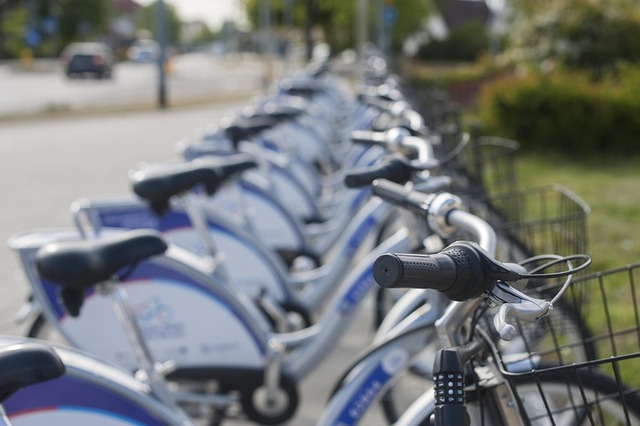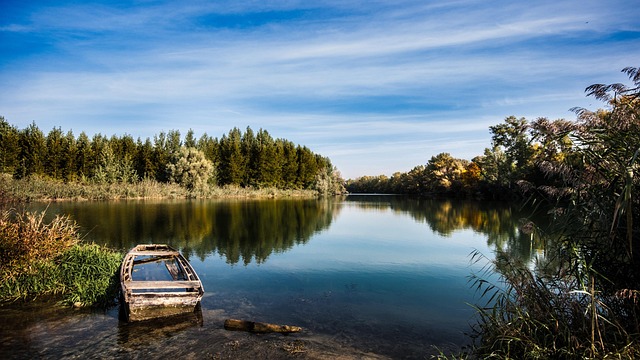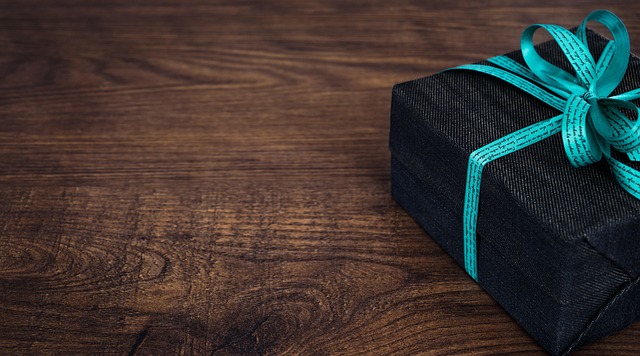The Flow of Materials: Understanding Material Circulation
In a world where sustainability is more crucial than ever, understanding material circulation becomes essential for both individuals and industries alike. The way materials flow through our environment can inspire a new perspective on how we interact with the resources around us. Just like the seasons change and the earth undergoes various cycles, materials too follow their own journey—through use, reuse, and the eventual return to the ecosystem.
The Cycle of Life and Materials
Think about the cycle of life: birth, growth, decay, and rebirth. In the same way, materials go through stages that mirror this natural process. From the extraction of raw resources from the earth to their transformation into products, every stage holds significance. However, what happens next is where the magic—if we can call it that—truly begins.
From Linear to Circular
Traditionally, our consumption patterns have followed a linear model: take, make, and dispose. But as we become more aware of our environmental impact, there’s a shift towards a more circular approach to material circulation. This means designing products that can be repaired, reused, or recycled, thus extending their life cycle and minimizing waste.
Pursuing a Sustainable Future
Imagine a future where everything you use doesn’t just end up in a landfill. Instead, it returns to its source, ready to be transformed into something new. This revolutionary perspective emphasizes the interconnectedness of materials and encourages the sustainable practices necessary for preserving our planet. By adopting material circulation, we can create a system that is not only beneficial for the environment but also for economies and communities.
Community Efforts and Material Circulation
Community initiatives play a pivotal role in advancing material circulation. Local workshops focusing on upcycling, community repair cafes, and educational programs all contribute to a broader understanding of how we can give materials a second life. Engaging with others in this cycle not only fosters a sense of togetherness but also inspires innovative ideas on material reuse and resourcefulness.
Every Action Matters
Every choice we make impacts the flow of materials in our daily lives. Whether it’s opting for sustainable products, participating in recycling programs, or supporting companies committed to eco-friendly practices, these small actions contribute to a larger change. By fostering a culture of material circulation, we become stewards of the environment, ensuring that future generations have access to the resources they need.




